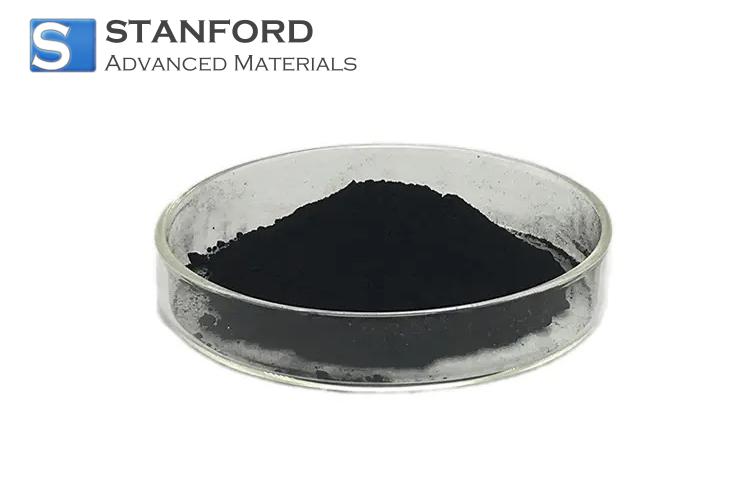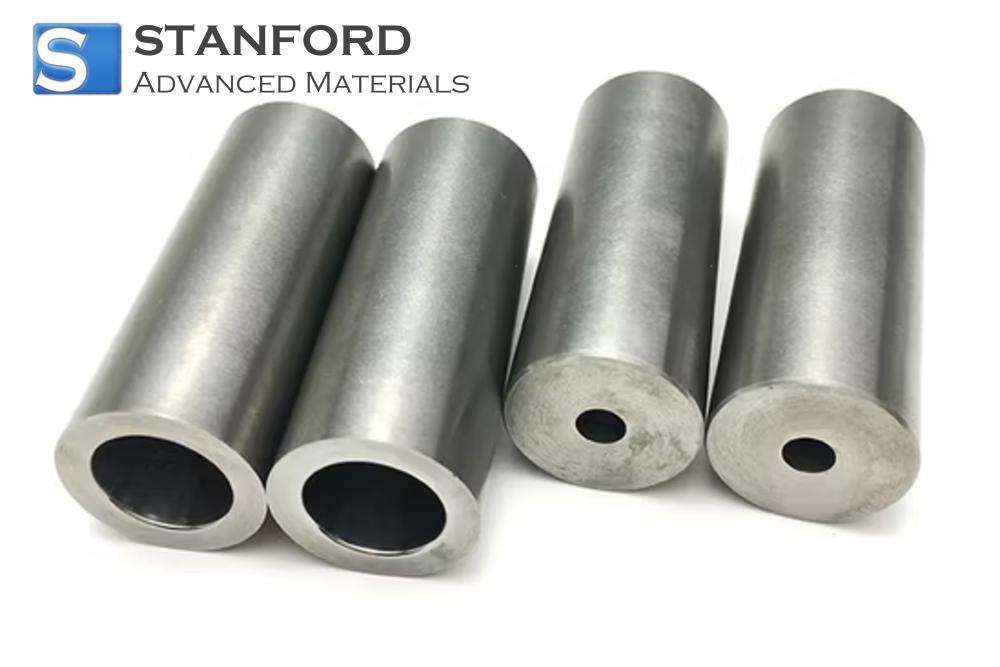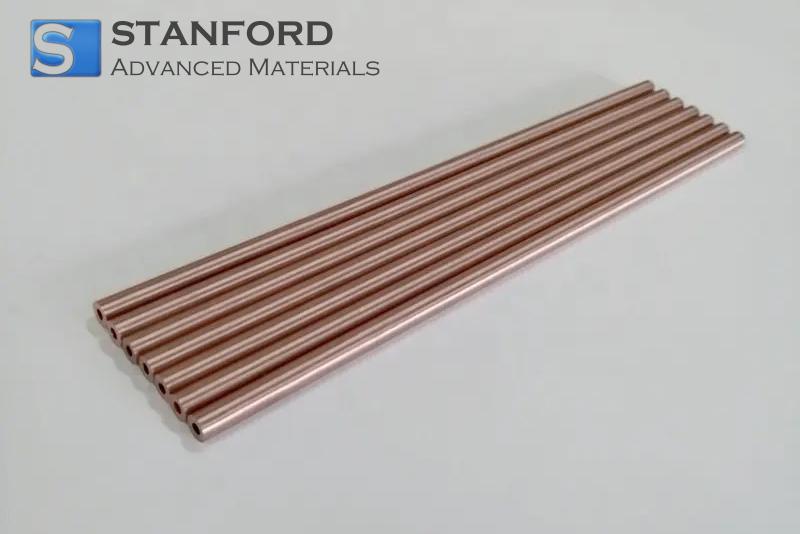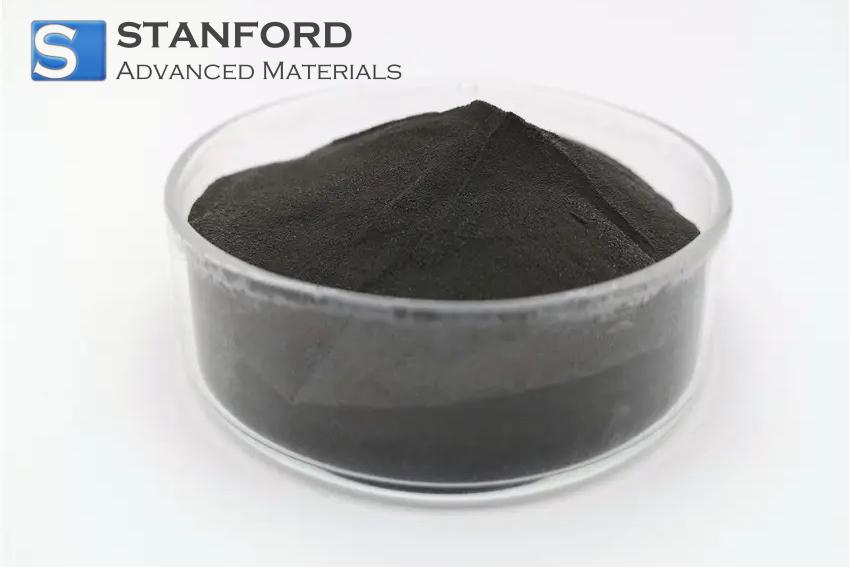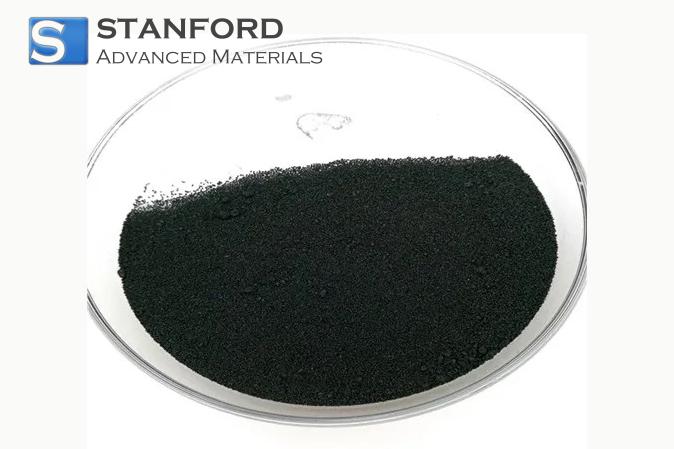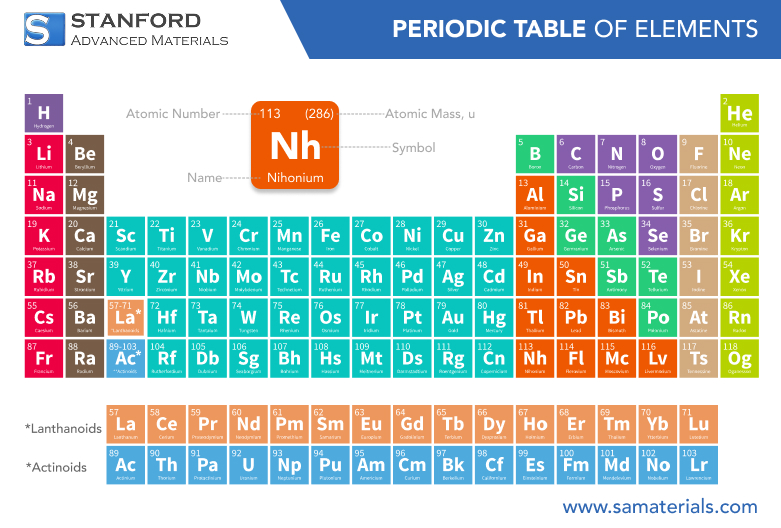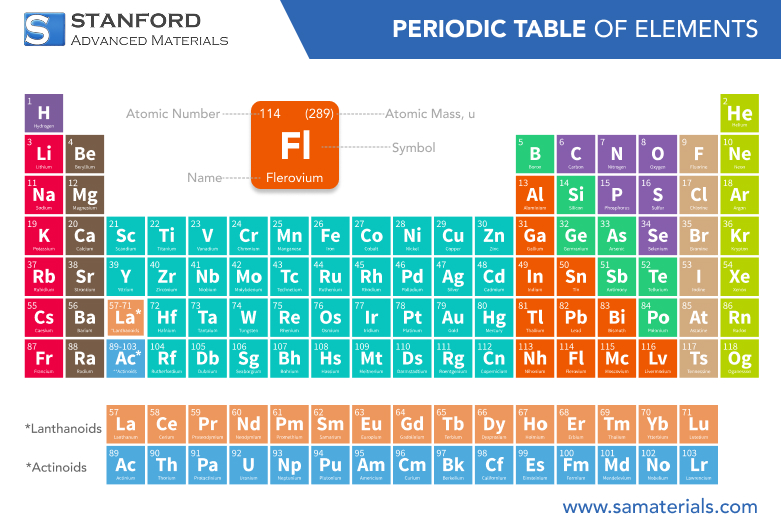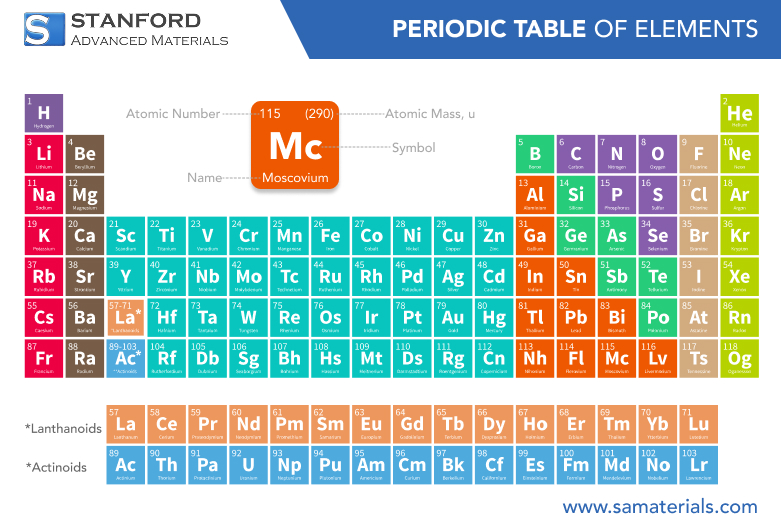Silver: Element Properties and Uses
Description
Silver is a lustrous element celebrated for its excellent conductivity, distinctive chemical reactivity, and varied uses in industries, art, and medicine.
Introduction to the Element
Silver is one of the most renowned elements on the periodic table, with a rich history that spans several millennia. Known by its Latin name “Argentum,” silver has captivated human interest for its brilliant shine and unique properties. From ancient coins to modern technological devices, silver has played an essential role in commerce, art, and science.
Chemical Properties Description
Silver, with the chemical symbol Ag and an atomic number of 47, exhibits several interesting chemical properties. It is relatively unreactive compared to other metals; however, it does combine with certain elements under the right conditions. For example, when exposed to sulfur compounds, silver forms silver sulfide, a process that causes tarnishing on its surface. This reaction is an important consideration in the maintenance of silver artifacts and jewelry.
The element typically shows an oxidation state of +1, and in some cases, it may also appear in the +2 or +3 states in complex compounds. Its reactivity with halogens leads to the formation of silver halides, which have been historically significant in the field of photography. The formation of these compounds is a result of silver’s ability to participate in ionic bonding, where it pairs with nonmetals to create stable salts.
Additionally, silver’s antimicrobial properties are attributed to its ability to disrupt microbial cell membranes and interfere with enzyme functions. These chemical properties make silver not only a subject of academic interest but also a material of practical significance in various scientific and industrial applications.
Physical Properties Data Table
Property | Value | Unit |
Atomic Number | 47 | – |
Atomic Weight | 107.87 | g/mol |
Density | 10.49 | g/cm³ |
Melting Point | 961.8 | °C |
Boiling Point | 2162 | °C |
Electrical Conductivity | 6.3 × 10⁷ | S/m |
Thermal Conductivity | 429 | W/(m·K) |
Appearance | Lustrous, metallic | – |
For more information, please check Stanford Advanced Materials (SAM).
Common Uses
Silver is utilized in a wide range of applications due to its unique combination of properties. One of its most common uses is in the production of jewelry and decorative items.
In the realm of electronics, silver is highly valued for its superior electrical conductivity. It is often found in electrical contacts, conductors, and high-performance circuits.
In photography, silver compounds, particularly silver halides, have been indispensable in the production of photographic films and papers. Despite the digital revolution in imaging, traditional photographic techniques still rely on these compounds for their sensitivity to light.
Moreover, silver’s antimicrobial properties have led to its incorporation in medical devices, wound dressings, and water purification systems.
Frequently Asked Questions
What is the significance of silver’s high conductivity?
Silver’s high electrical and thermal conductivity makes it invaluable in electronics, ensuring efficient energy transfer and performance in circuits.
How does silver react with sulfur in the environment?
Silver reacts with sulfur compounds to form silver sulfide, which leads to tarnishing and a change in appearance over time.
What are the primary industrial applications of silver?
Silver is widely used in jewelry, electronics, photography, solar panels, and as an antimicrobial agent in medical devices and water purification systems.
Which methods are commonly used to extract silver from its ores?
Extraction methods such as cyanidation, smelting, and electrorefining are commonly used to recover silver from ores and produce pure silver.
How do silver compounds contribute to industrial processes?
Silver compounds like silver nitrate and silver halides are critical in photographic processes, chemical synthesis, and as catalysts in various industrial reactions.

